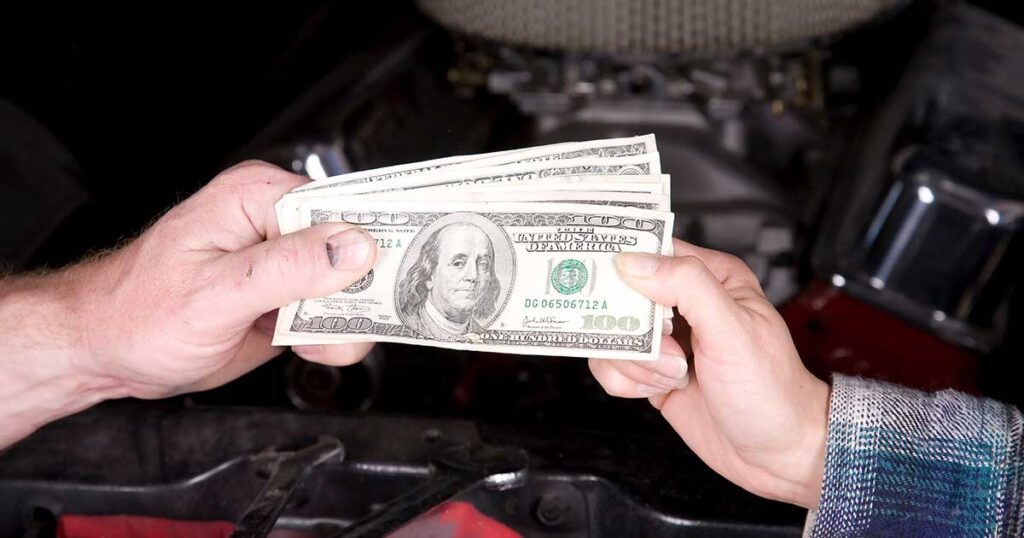“I don’t have enough cars.”
I frequently hear this from shop owners when they start working with me. On rare occasions, it is true; when this happens, we identify what is causing the problem and get more cars in the door within a few weeks. Most of the time, however, it is not true. If you want to know what the truth is, keep reading.
Car Count Should Not Be an Issue
Since 2021, the number of vehicles on the road has increased by 15 million, while the number of general auto repair bays has decreased by over 19,000, according to Lang Aftermarket Marketing iReport. What that means for the auto repair shop owner is that there are more cars to fix and fewer shops to fix them. So — unless you have a terrible reputation or have done absolutely no marketing for years, you should not have a car count issue.
Don’t Bank on Your Competitors
What I find repeatedly is the numbers tell a different story. And it starts with your labor rate. Many shop owners set their labor rate based on “what I think the market will tolerate” and then try to justify this by calling their competitors to find out what THEY are charging.
What is wrong with this? EVERYTHING.
Your competition knows when a competitor is calling. Rarely does a customer call and ask these questions. In either case, it is likely that the shop is going to tell you its lowest labor rate. This is not necessarily their true labor rate. So, you make the decision based on inaccurate information.
Factor in Your Expenses
You don’t know how they are paying their technicians, service advisors, and anyone else working in that shop. They may not have the same caliber of employees that you have.
You don’t know what their operating expenses are, what benefits they provide, or how old their equipment is. It may not be comparable to what you provide for your team.
You can’t decide what your labor rate is going to be based on your competition. Every time I work with a shop owner who does, they are losing money and think “it’s a car count problem.” You might have some other issues in your shop, but I promise you, your labor rate is one of them.
Calculate Your Labor Rate
How should you calculate what your labor rate should be? To start, figure out what your highest-paid technician makes and include taxes and whatever benefits you provide (such as paid vacation, holidays, uniforms, etc.). Then take that total dollar amount, divide it to get an hourly average that it costs you for this person, and multiply it by 2.5. This is not the most accurate way to do it, but it will get you closer to a labor rate that covers your payroll and operating expenses.
Take that number and see how far off your standard, or lowest, labor rate is. Then preplan labor rate increases to get to that number or higher. I also recommend having multiple different rates to help compensate for sales specials, etc.
Remember: understanding your numbers and knowing how to make the right decisions is key to having a successful auto repair shop and setting the right labor rate for your shop.
Non-ATI members: At ATI, we make sure our members understand their expenses and know how to make informed business decisions. Curious about what we can do to help you and your shop grow, increase profits, and be the best in your area? Get started with one of our shop owner events.
